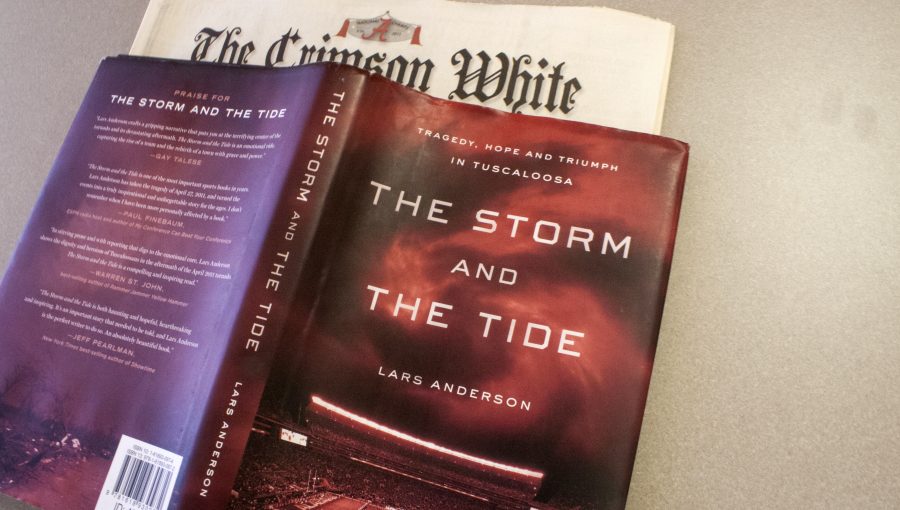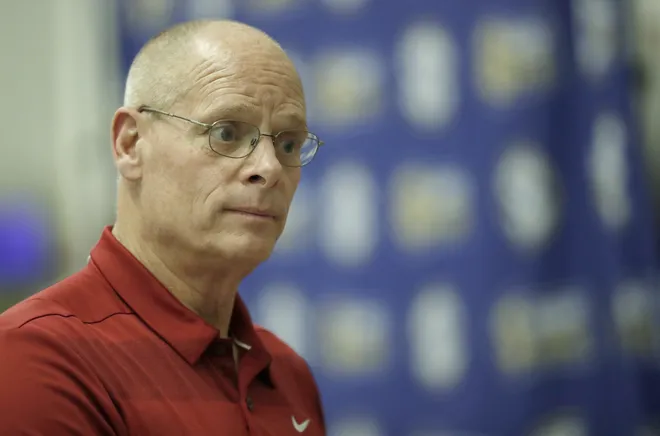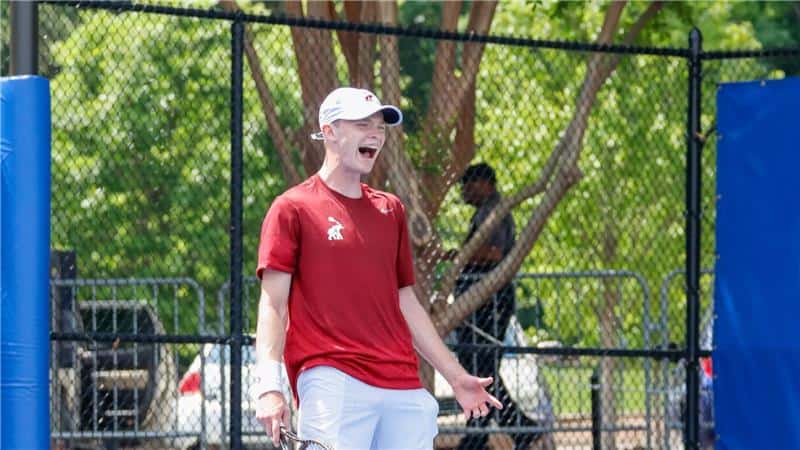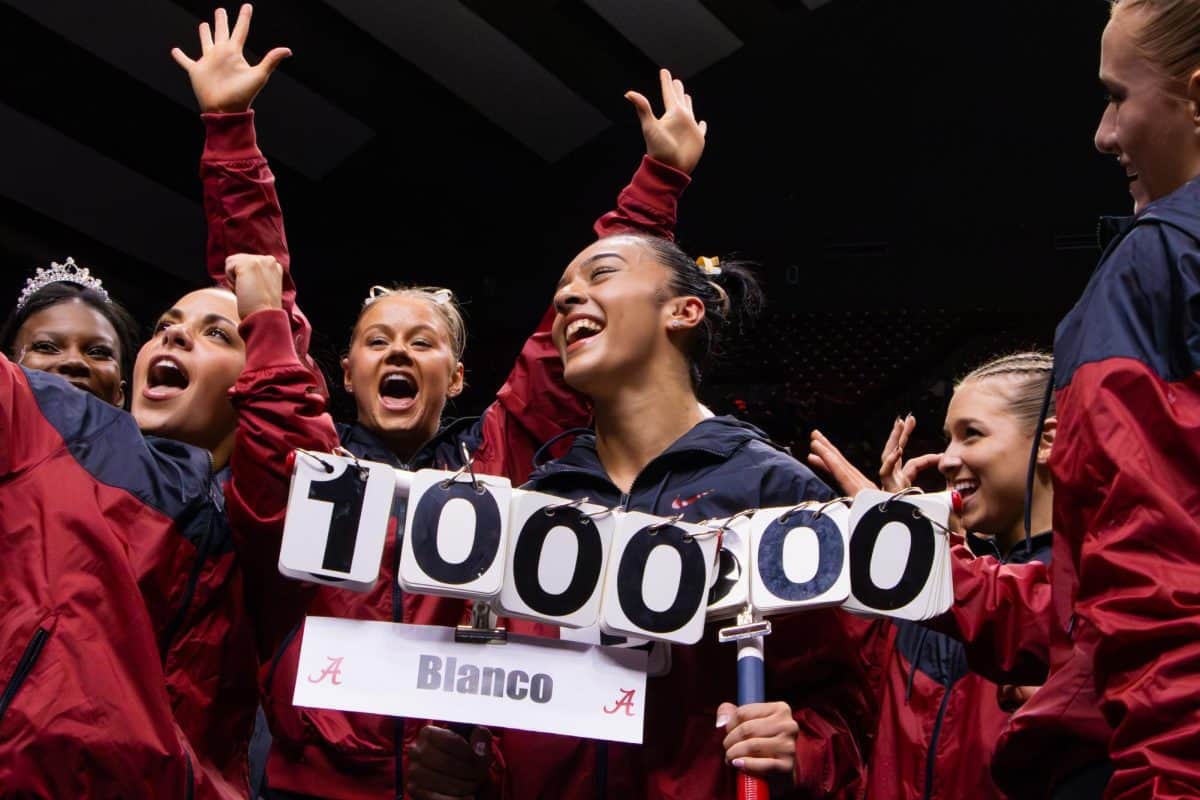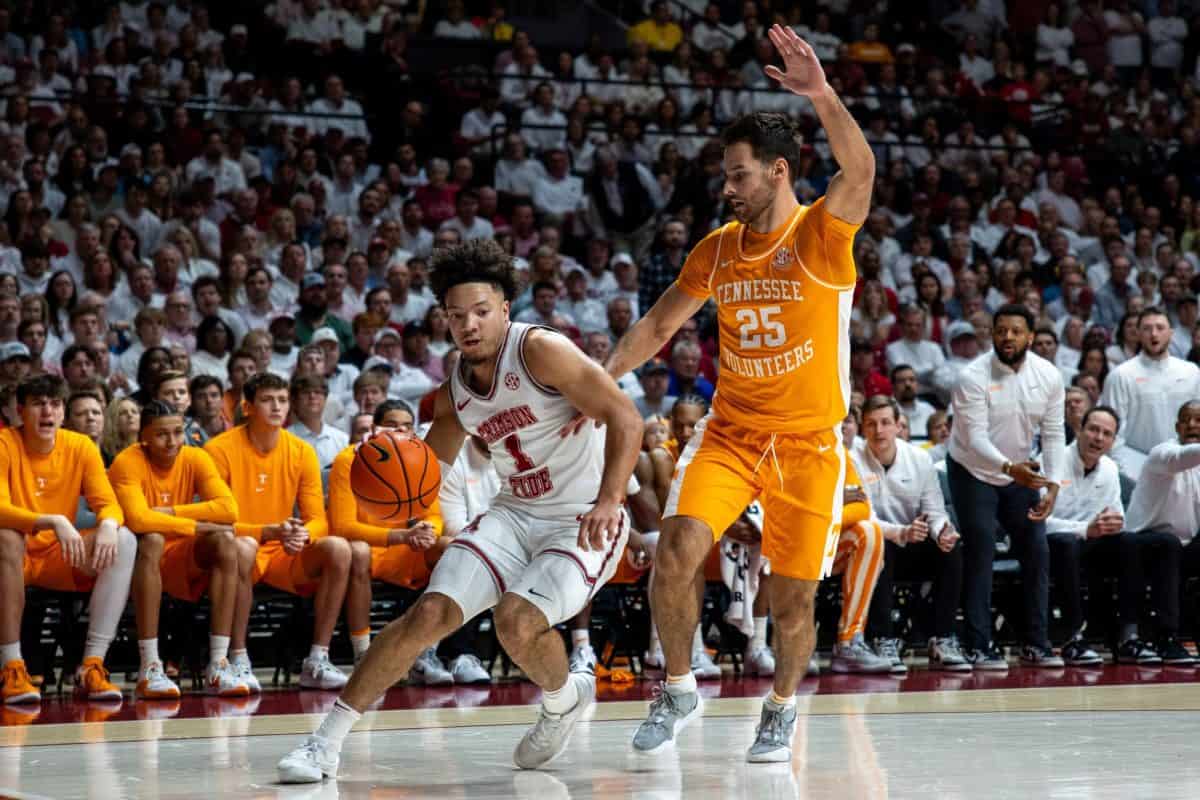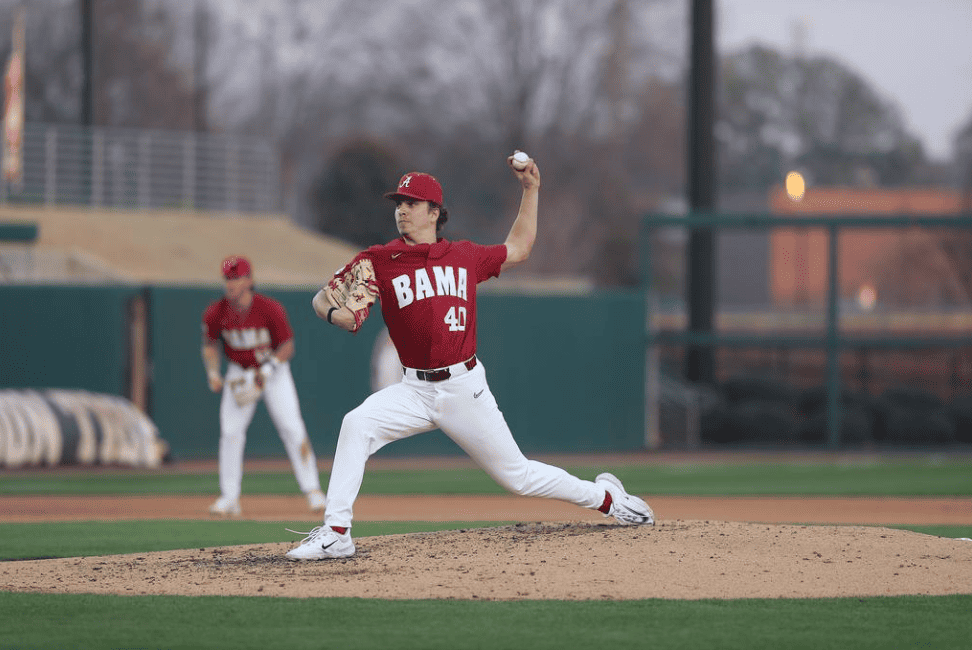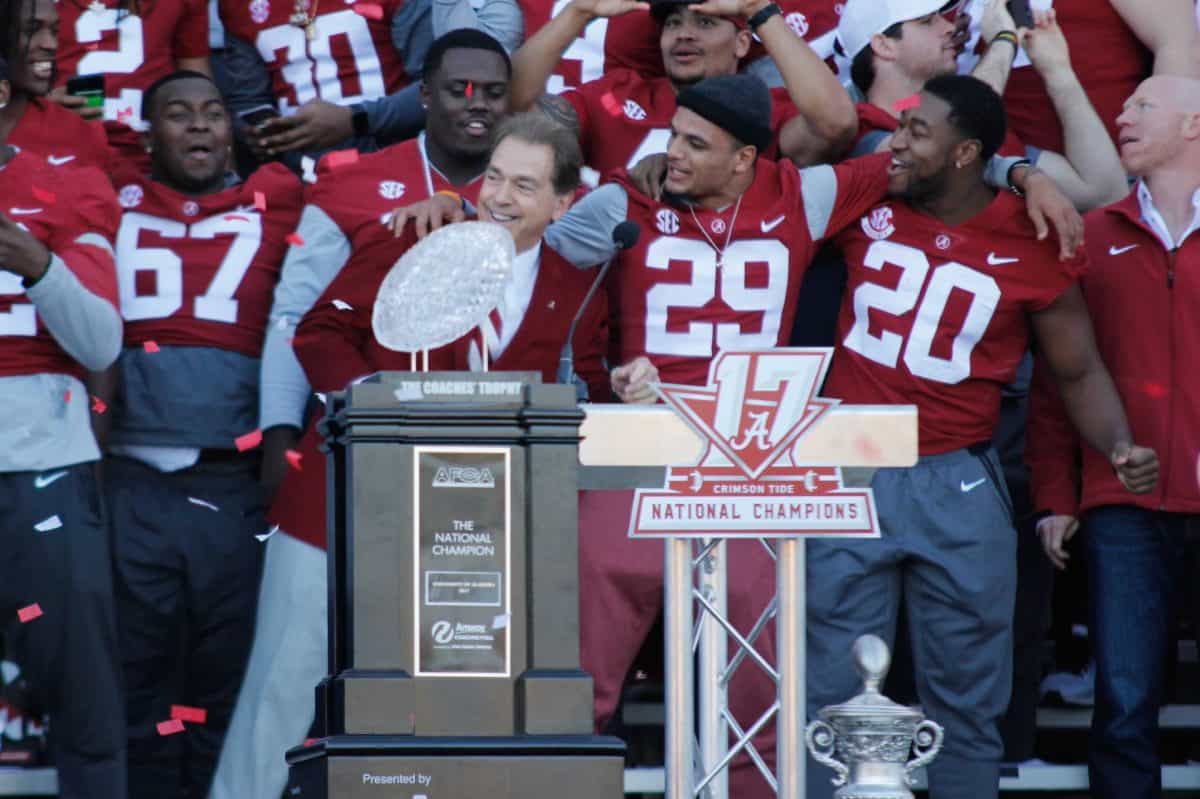Victor Luckerson was editor-in-chief of The Crimson White in 2011. On April 27, he and his staff huddled in the basement in the old, student-media building, once located in front of Bryant-Denny Stadium, where they could see the funnel coming closer.
Once the tornado passed by campus, the power went out and stayed out for the next two days. Despite not having electricity, The Crimson White knew it had to report on what had just happened.
“Right after it was clear that we were not going to have our building destroyed,” he said, “we sent people out immediately to start covering it.”
A group of four reporters and photographers hit the streets, trying to find any information they could.
“It was a lot of mass confusion,” Luckerson said. “No one really knew the extent of the damage really for the rest of that day because it was already getting dark by the time [the tornado] passed through.”
Luckerson’s staff came back with tragic news. The photo editor told him that 15th Street was gone.
“It seemed like an exaggeration at the time, but when you actually saw the damage the next day that whole area was just completely ravaged,” Luckerson said.
Knowing they needed to get information out to students and community members, Luckerson and his staff packed up and found a new base camp for a couple days, at print production editor Brandee Easter’s home in Northport, where they had access to power and internet.
While reporting out in the field, The Crimson White took to social media to inform its followers.
“We didn’t have access to electricity for a while, but our phones still worked so we could still tweet stuff,” Luckerson said. “That became like a really sort of central way we delivered the news for several days. A lot of people on campus later told me that when they were in their dorms without power they were getting information that was going out through The Crimson White’s Twitter account.”
Covering the aftermath of a storm that size was new to Luckerson. He said other weather events he covered previously were “nothing on the scale of that storm and nothing like in the proximity to the school the way the April 27 storm was.”
The scale and closeness of the damage done took an emotional toll on the student journalists.
“No one in our office laughed about anything for three days straight,” he said. “That’s one of my most distinct memories.”
Luckerson said they pushed through being “so immersed in our horrific story” by “trying to get as much coverage as we could and sort of get any reporters out there.”
“We were just focused on getting our job done for a long time,” he said.
Reporting was cathartic, not just for the student journalists, but professional ones as well.
Before 2011, Meredith Cummings saw her fair share of tragedies in her journalistic career. She covered a tornado that came through Tuscaloosa in December 2000 that killed 12 people, but this time was different for her also. Her own home was destroyed among many others’.
“My way to cope after the tornado was to write,” she said. “I certainly had a different perspective on it having lived through it.”
Cummings found the opportunity to write through her then one-month-old blog on AL.com called “The Upbeat,” where she would usually share her thoughts on the positive news around town. That became harder after such a natural disaster, but not impossible. Three days after the storm, Cummings wrote in first post about not having to wear makeup or cook, not letting the little victories go unacknowledged.
“That’s how I work things out is through laughter,” she said.
She continued with the positive theme for her next couple of blogs, titling them “Tuscaloosa Tornado Humor,” in which she would share experiences that came as a result from the storm that she found humorous.
“I thought, ‘Even if I catch some hate for this, there has to be people out there that relate to me,’” she said. “‘There has to be a community of people that can kind of understand where I’m coming from. And if i can just write my feelings and thoughts then it’s great if there are. If not, then so what? It’s been helpful to me.’”
While in Charlotte, North Carolina, Sports Illustrated writer Lars Anderson was writing a profile on NASCAR legend Dale Earnhardt Jr. He was there for eight days when he heard of a mile-wide tornado that ripped its way through Tuscaloosa on April 27, 2011 where he was an adjunct professor at The University of Alabama. Anderson knew he had to get back home to write about it.
“There was just something inside of me,” Anderson said. “I just felt that there was a story to be told about this tragedy.”
He had covered tragedies before, but this one was different. This one involved people and places he knew. This one was in his backyard, and it was on a much larger scale.
“I had no idea what I was getting myself into,” he said. “Ultimately, it changed the path of my whole career. It changed everything for me.”
His story would go on to become the cover of Sports Illustrated and eventually wrote a book on the disaster, which became a New York Times bestseller.
Those changes came to fruition because of Anderson’s in-depth reporting and emotional interviews.
One example of such interviews came from talking with Carson Tinker, the former long snapper for the Alabama Crimson Tide. Tinker was the boyfriend of Alabama student Ashley Harrison, who was killed by the tornado.
“I’ll never forget talking to Carson [Tinker] and his mom sat next to him,” Anderson said. “As we were talking, we talked in a suite in Bryant-Denny Stadium, the mom had her arm around him…you could just tell her heart was just aching so hard. It was difficult.”
Anderson found that talking to parents of victims was one of the hardest aspects of covering the storm’s aftermath.
“When you have to ask a mom ‘What was it like to see your daughter in the casket?’ and a mom tell you that she picked shards of glass out of her hair in the casket … it’s strong stuff,” Anderson said.
Finding the balance between being a good reporter and being a sensitive storyteller was one of the many lessons Anderson, along with Cummings and Luckerson, learn from covering the event.
Luckerson said his experience in gathering information via social media and turning it around to share with readers was the biggest thing he learned.
“I cover breaking news sometimes for my job and I think about the process we used for that,” he said. “We kind of created this pretty technical system to help us make sure we were confident about facts before we report them, which is a really useful tool that I still apply sometimes dealing with a chaotic situation.”
He said that lesson was hard to learn.
“It’s still the most intense thing I’ve ever dealt with,” he said. “I’ve been a professional journalist for four years now but that’s by far the most intense situation I’ve ever been in.”
Although it is difficult, Cummings continues to write about the storm that uprooted her life, simply because she feels obligated to.
“Part of me says, ‘Let’s get on with it. Let’s move on. Let’s just not. Let’s just not anymore. Why do I have to [keep writing about it]?’ ” she said. “The journalist in me says ‘because somebody has to remember this and keep writing about it and keep it in the public eye because it’s not over yet.’”
Anderson’s reporting did not come without its difficulties either, but he said it was well worth it.
“As I was reporting it I had nightmares,” he said. “[The sense of community] solidified my love of the University. I feel like I got to know the character of Alabama, it made me realize this would be a really good place to be for a substantial amount of time.”
Anderson said he felt called to write his story well because “These are my people.” He soon found out that people from all over the world related to those of his own community, as he heard from victims of natural disasters as far away as Japan who read his story and found comfort in it. They sent Anderson words of thanks for what he shared.
“To think that what I typed in, hitting the keys, could have an effect, like have an emotional impact on somebody on the other side of the world, is just awe-inspiring,” he said. “That’s why we do this.”

